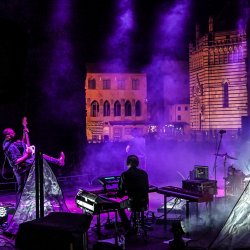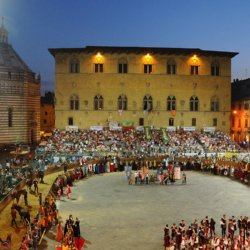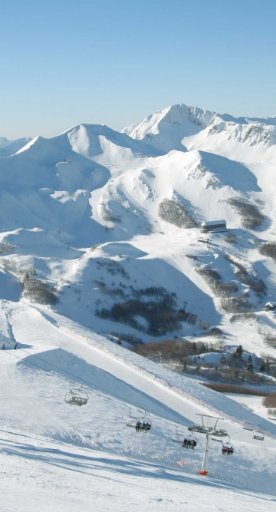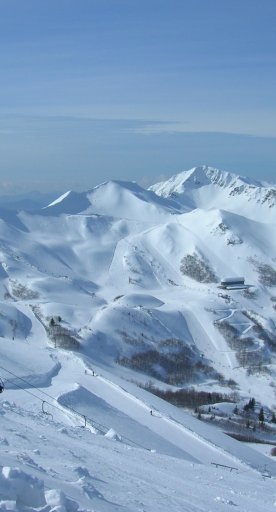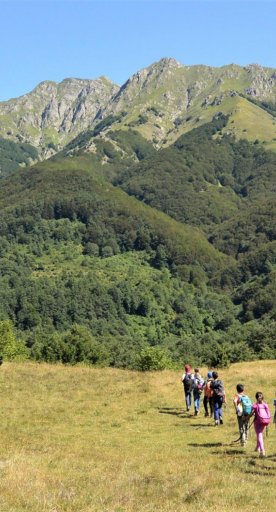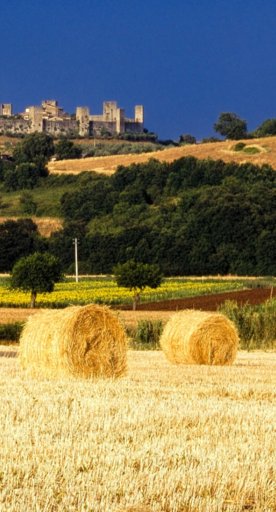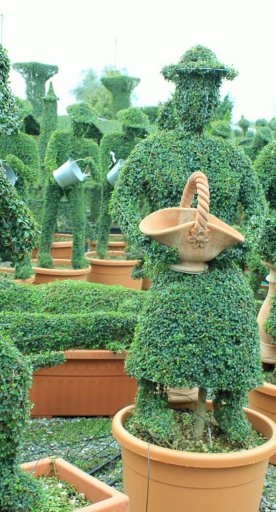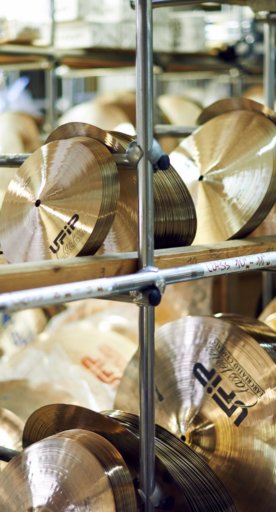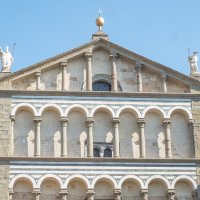

The Civic Museums of Pistoia
Five places to learn about the history of the city, from the Middle Ages to the most recent outcomes of contemporary art
Pistoia, a city of ancient foundation, is the ideal place for lovers of art and tradition. Poets and writers have emphasized its charm, dubbing it the "enchanted city of stone": the historic town center gives the chance of delving into a path full of churches, cloisters, palaces, museums and monuments that revolve around the beautiful Piazza del Duomo.
Here are the cultural institutes to learn about the history of the city, from the Middle Ages to contemporary works of art.
-
1.Civic Museum of Antique Art in the Town Hall
-
2.Giovanni Michelucci Documentation Center
-
3.Museo del Novecento e del Contemporaneo at Palazzo Fabroni
-
4.Museum of the Spedale del Ceppo
-
5.Fernando Melani House-Studio
Civic Museum of Antique Art in the Town Hall
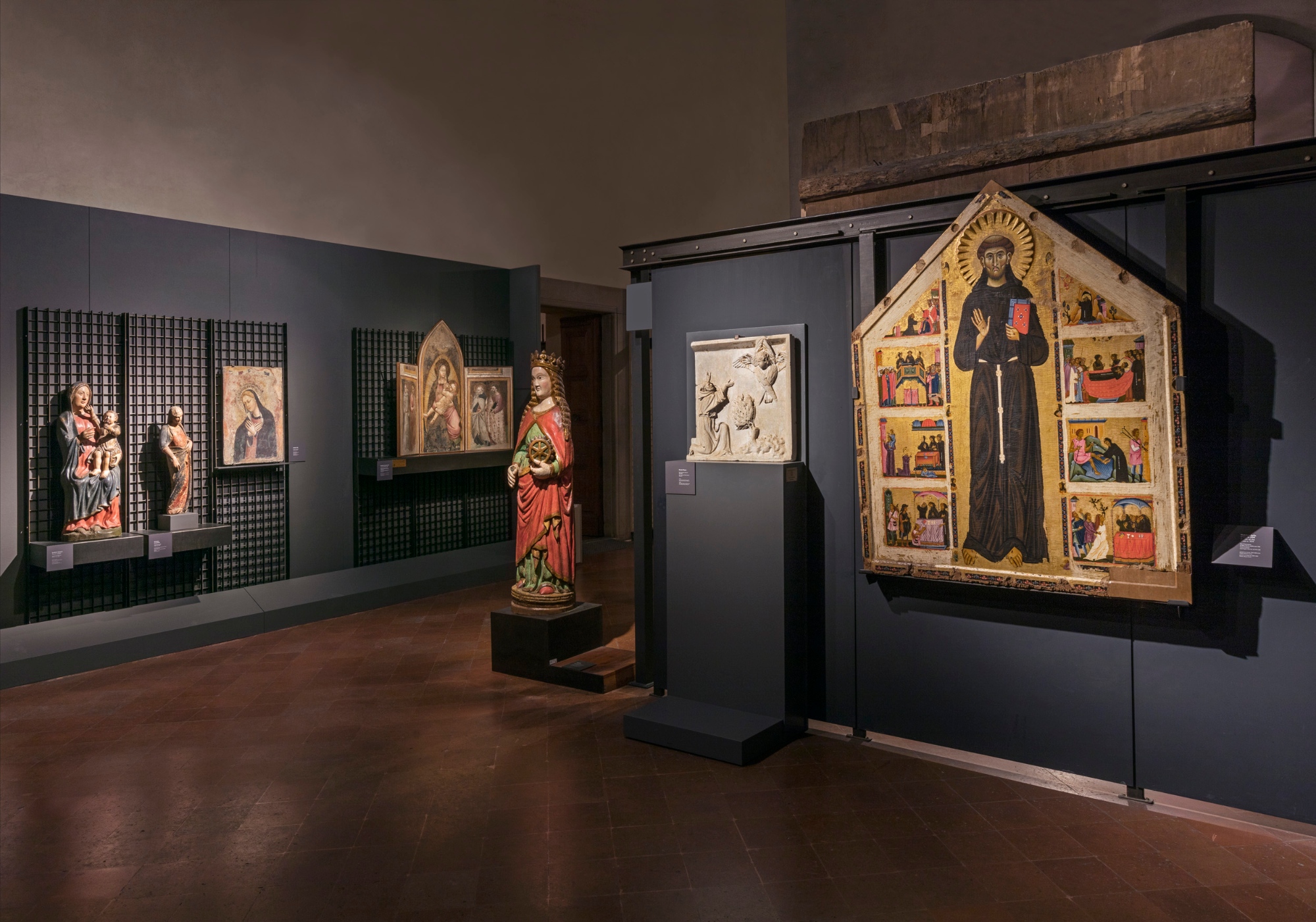
The Civic Museum of Antique Art of Pistoia is the city's first and largest museum, dating back to the late 19th-century, open to the public since 1922 in the Palazzo Comunale (Town Hall), the 14th-century Palazzo degli Anziani, whose most prestigious spaces it occupies.
The museum brings together the most significant evidence from the city's churches and convents through seven centuries of artistic history, from the 13th to the 19th century.
The arrangement of the approximately 300 works is chronological and by school groupings (school of Florence, school of Pistoia), with the exception of the Puccini collection on the top floor, whose separate exhibition from the rest reflects its belonging to a unified original nucleus, which came to the Museum in 1914.
The tour ends in the mezzanine, where the Giovanni Michelucci Documentation Center is located.
Giovanni Michelucci Documentation Center
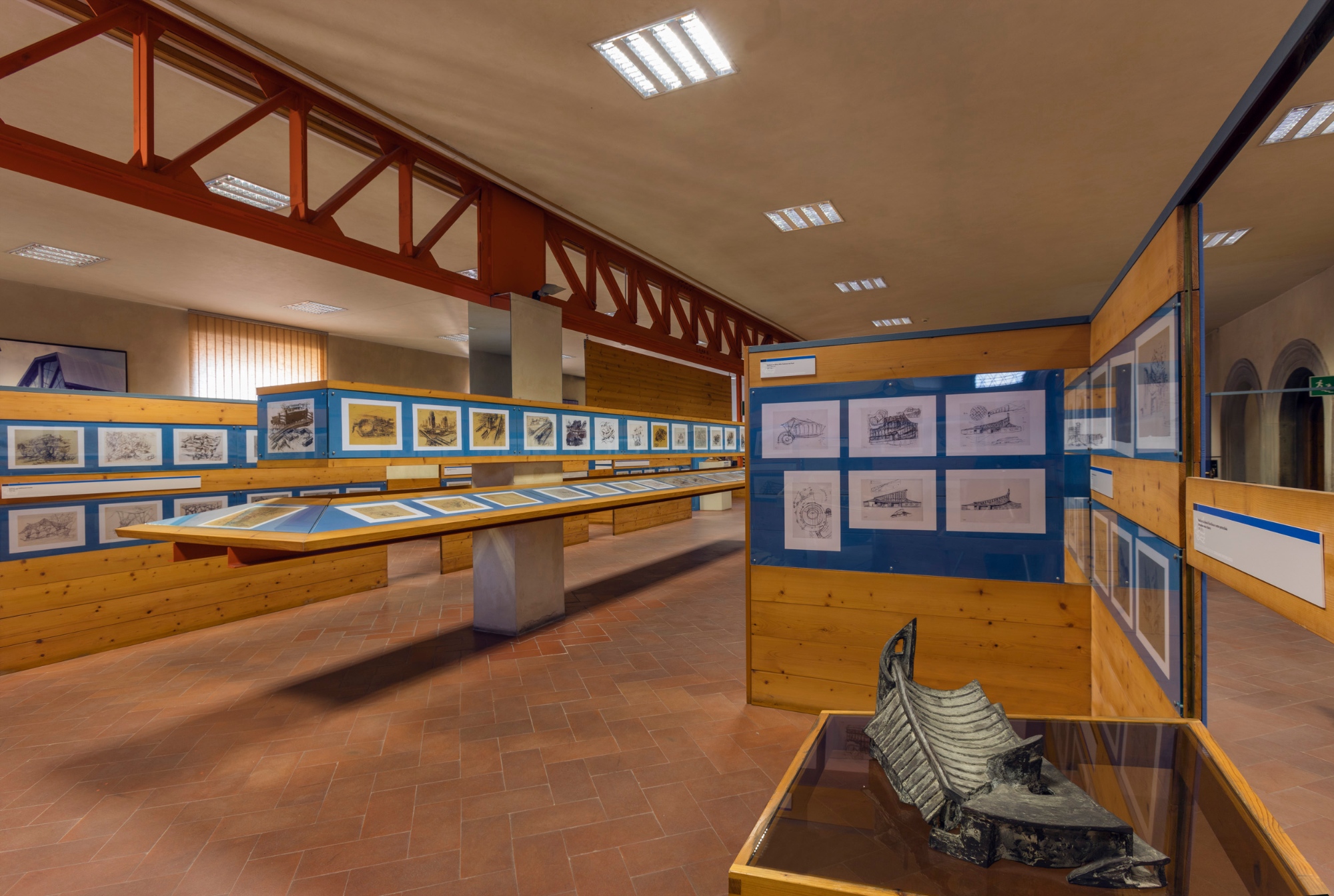
The Giovanni Michelucci Documentation Center is housed in a hall of the Civic Museum - particularly in the mezzanine - and collects a considerable number of drawings, plastic models and transparencies that testify to the work and research of the great architect Giovanni Michelucci from the beginnings of his activity to the projects of his last years.
The architect's activity is marked by important works such as the Church of St. John the Baptist of the Highway, the church of Longarone, the Cassa di Risparmio of Florence, and the main offices of the Monte dei Paschi in Colle Val d'Elsa, spaces that symbolically testify to the values of humanity.
The space's windows also offer a spectacular view of Piazza del Duomo, the heart and monumental center of the city.
Museo del Novecento e del Contemporaneo at Palazzo Fabroni
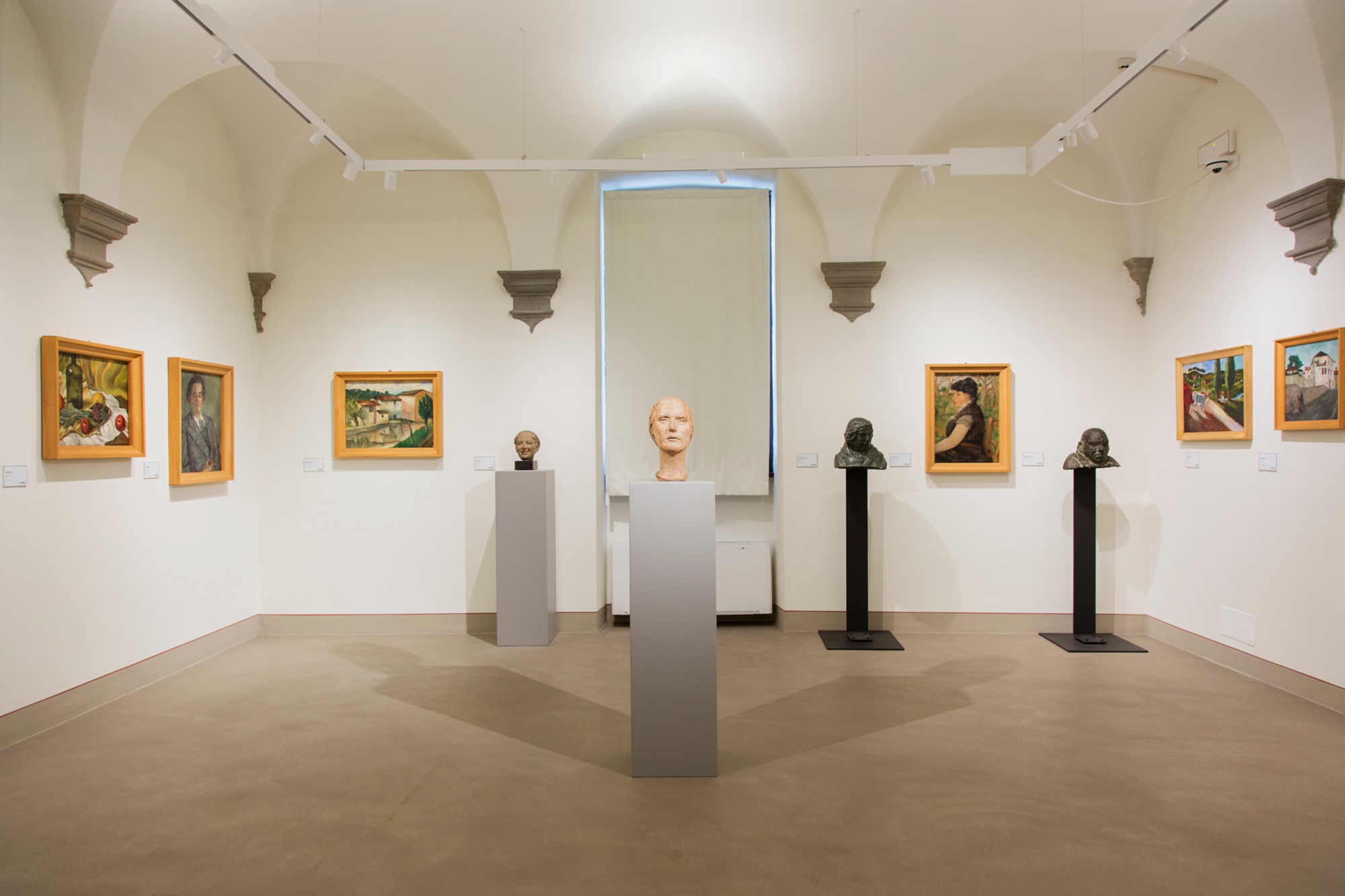
Palazzo Fabroni exhibits the permanent collection of modern and contemporary art of the City of Pistoia.
Consisting of original civic funds, acquisitions and donations, it allows for an itinerary through the artistic scene from the 1920s to the present day.
The museum tour, arranged chronologically and by homogeneous nuclei of works, begins in the first floor rooms where a video installation on the history of the building and its collections can be seen.
At the back of the building, beyond the large semi-enclosed courtyard, the outdoor space has been completely altered as a contemporary art garden.
Museum of the Spedale del Ceppo
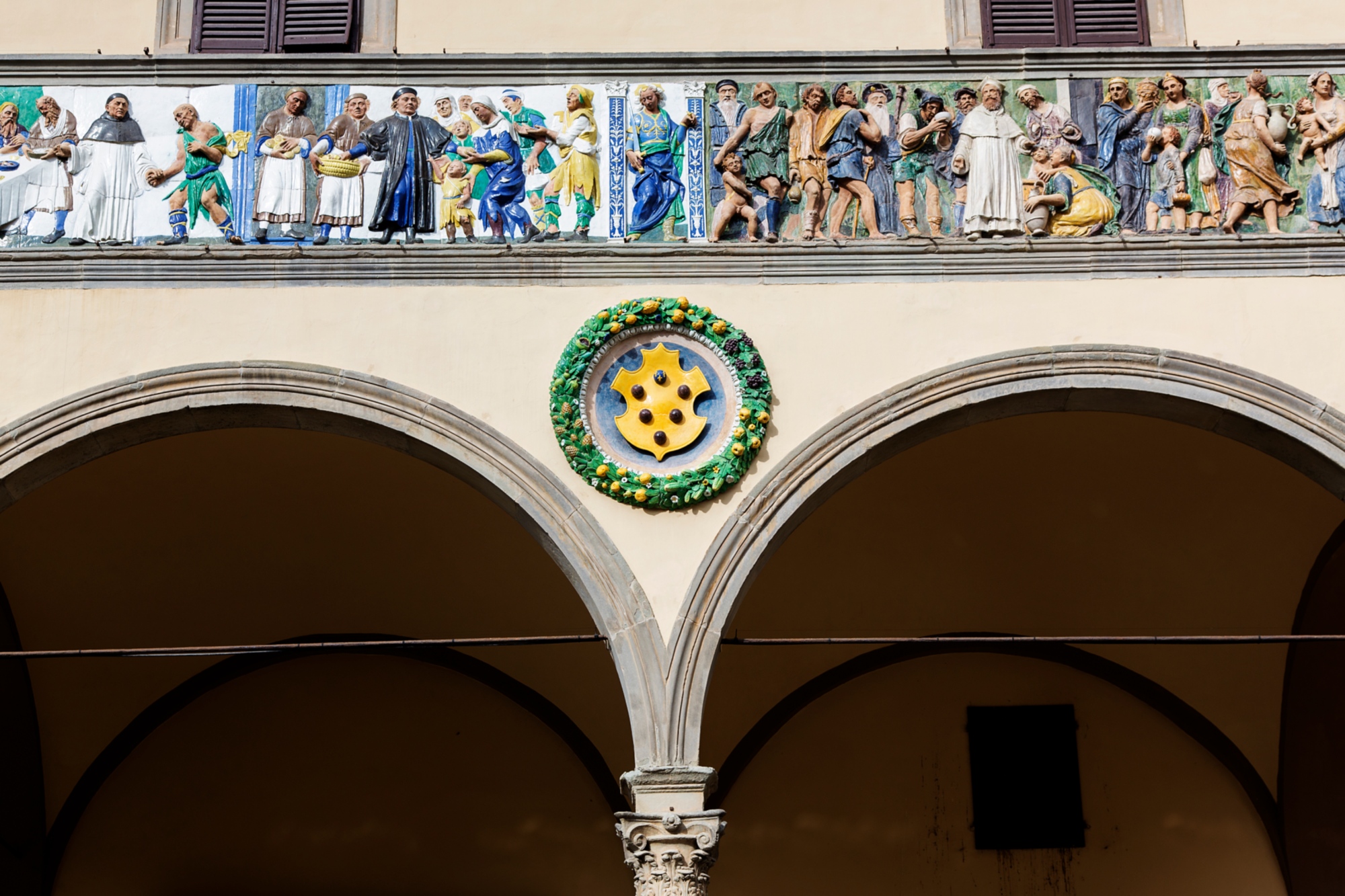
The Museum of the Spedale del Ceppo is housed in the historic-monumental part of the former hospital unit.
According to tradition, it was founded in 1277, it performed healthcare functions for well over seven centuries of history, until the completion of the city's new hospital in 2013.
The museum itinerary illustrates the historical, architectural and artistic events of the palace, reserving a specific in-depth section for the Robbia frieze in polychrome glazed terracotta: the masterpiece by Benedetto Buglioni, later continued by his nephew Santi, Giovanni della Robbia and Filippo Paladini, runs above the exterior loggia and is a masterpiece of Renaissance sculpture and among the best-known and most valuable works in Pistoia.
The visit continues with the extensive section on the history of healthcare in Pistoia, through specific studies devoted to the rich collection of surgical instruments.
Fernando Melani House-Studio
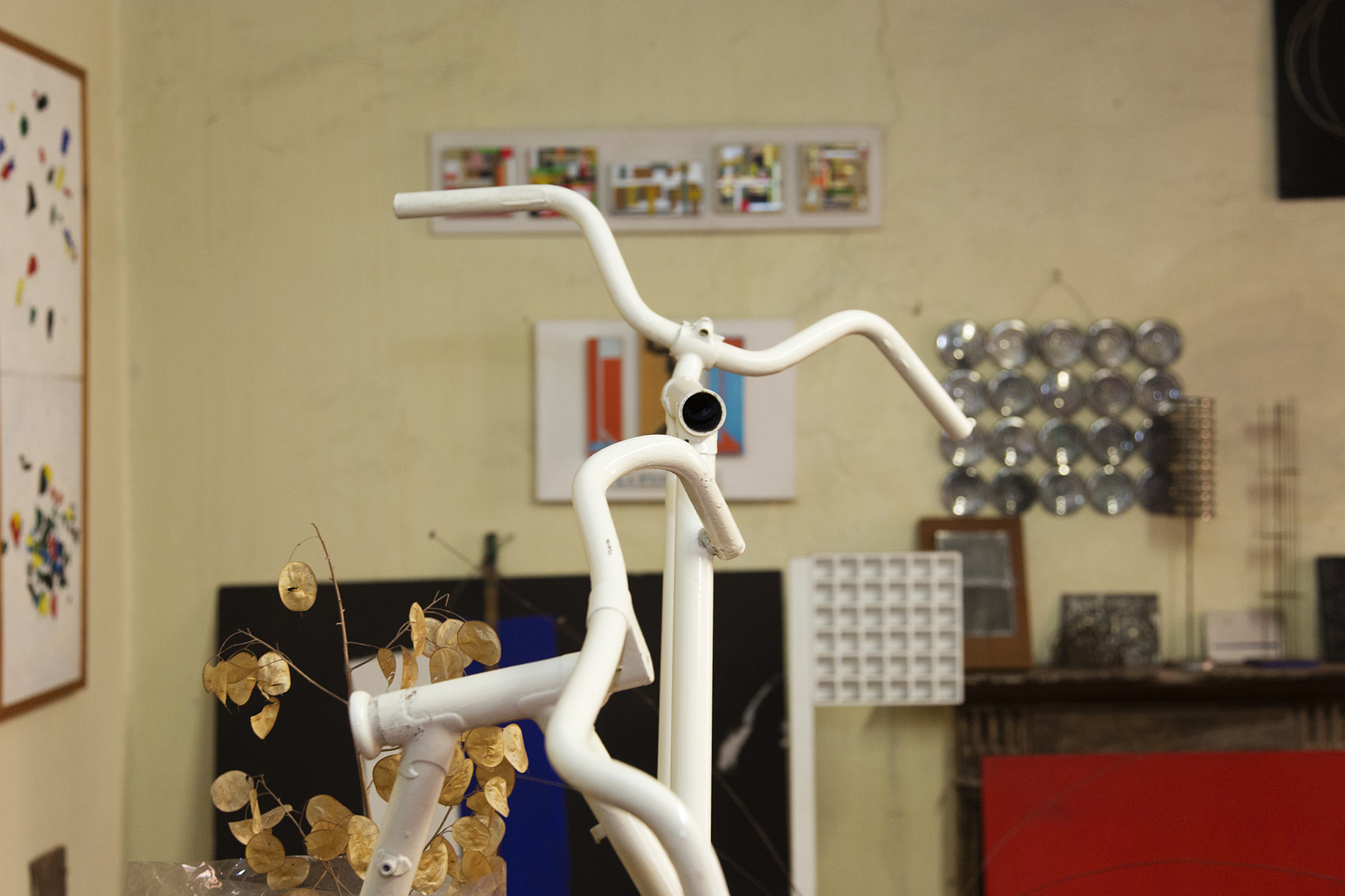
The House Studio is an open window on the experience of Pistoiese artist Fernando Melani and his production, which spans the main artistic movements of the second half of the 20th century. The visit is an immersion in piles of materials, metals, iron and sheet metal, an evocative path that, ideally, traces Melani's thought. The works on display inside the house document the various periods of his research, from his awareness of abstraction, to his attention to the use of materials, to his speculation on conceptual art, to minimal art.


